The Kingdoms of South India
The Mauryan Dynasty [322 BC - 185 BC]
The Mauryan empire was established under the leadership of Chandragupta Maurya (322 BC - 296 BC). Our knowledge of this period is derived from the writings of the Greek, Megasthenes, who wrote Indica. He wrote, not only about the capital city of Pataliputra, but also about the empire as a whole and about the splendor and order he saw. Chandragupta conspired with Chanakya, the minister of the Nandas, to overthrow the Nandas. After that, he negotiated with Seleucus Nicator, the Greek Viceroy of Alexander, who ceded eastern Afghanistan, Baluchistan and the area west of the Indus.
Chandragupta Maurya
Under Chandragupta Maurya, the whole of northern India was united. Trade flourished, agriculture was regulated, weights and measures were standardized. Money first came into use. Taxation, sanitation and famine relief became the concerns of the State. His son and successor, Bindusara (296 BC - 273 BC), extended the kingdom further and conquered the south as far as Mysore.
His son, Ashoka (273 BC - 232 BC) won over Kalinga (265 BC) and under him, the Mauryan empire reached it’s climax. For the first time, the whole of the sub-continent, leaving out the extreme south, was under imperial control. It is said that the conquest of Orissa resulted in 100,000 dead and 150,000 prisoners, while thousands died of pestilence and hunger. Stricken by remorse,Ashoka embraced Buddhism. He propagated Buddhism in the kingdoms of the Cholas and the Pandyas in South India, and five States ruled by Greek kings. We also know that he sent missionaries to Ceylon and Suvarnabhumi (Burma) and alsoparts of South East Asia.
Ashoka, The Great
He was the first ruler to maintain direct contact with his people through various edicts, which were composed in Prakrit and written in Brahmi. They were engraved on rocks, pillar and caves, and contained his ideas on matters such as religion, Government and peoples behaviour towards one another. These edicts are in the form of 44 royal orders, which aim at moulding the general behaviour of the people. Stone masonry was introduced on a wide scale. The emblem of the Indian Republic has been adopted from the four-lion capital of one of Ashoka’s pillars.
Stupa at Sanchi
Mauryan administration was highly centralised. The State maintained a huge standing army. Taxes were collected from various sources. The state brought new lands under cultivation and developed irrigation facilities. The famous Sudarshana lake was built. Under the Mauryans, the entire sub-continent was crisscrossed with roads. A royal highway connecting Taxila and Pataliputrawas built - a road which survives to this day as the Grand Trunk road Mauryan artisans started the practice of hewing out caves from rocks for the monks to live in. The earliest examples are the Barabar hill caves near Gaya. Stupas were built throughout the empire to enshrine the relics of Buddha. Of these, the most famous are at Sanchi and Barhul.The Mauryan empire lasted a little over a century and broke up fifty years after the death of Ashoka. It was the weak successors of Ashoka who brought about its dismemberment. Slowly, the various princes of the empire began to break away and set up independent kingdoms. In 185 BC, the Mauryan king was overthrown by Pushyamitra Shunga, an ambitious Commander-in-Chief of armed forces. He started the Shunga dynasty in Magadha.
The Mauryan empire, which lasted barely two hundred years, ushered in a dream that was to survive and echo again and again in centuries to come.
Invasion of Alexander
Alexander crossed the Indus in 326 BC. After defeating the fierce tribes of the north - western regions, he encountered the two powerful kings, Ambhi and Porus. Ambhi, the king of Taxila, sent a mission to Alexander, offering to help him, if his own kingdom was spared. Porus, however, decided to oppose the Macedonian and the battle of Hydaspes was fought on the banks of the river Jhelum. Greek sources mention that Porus was defeated but was restored to his dominion as a vassal of Alexander.
Porus and Alexander
Alexander wanted to continue his advance but his soldiers mutinied and refused to go beyond river Hyphasis (Beas) and he had to retreat. Certain Indian scholars are of the opinion that Alexander’s retreat was due to the severe thrashing he received at the hands of Porus.
Alexander died in Babylonia in 323 BC. After his death, most of the Macedonians returned home by 316 BC. In 305 BC, Seleucus Nicator returned, and a considerable number of Greek colonists remained in Punjab, linked by marital ties to their adopted country. A remarkable aspect of Alexander’s foreign policy was his encouragement of interracial marriages. He dreamed of uniting the east and west, by the natural bonds of marriage, and ruling over it.
Though Alexander’s stay in India was brief, it was an important influence. By curbing the fierce tribes who inhabited the hills and passes of North-west India, he paved the way for the rise of a united empire under the Mauryas. Alexander’s campaign opened up and reinforced a number of trade routes between North-western India, via Afghanistan and Iran to Asia minor and to the portsalong the eastern Mediterranean.
The Deccan and South India [65 BC - 250 AD]
India, south of the Vindhya mountains and the Narmada river, was known as Deccan. Further south was the land of the Dravidas (or Tamils). From ancient times, these lands were home to Indians of non-Aryan origin.
The Satavahanas (28 BC - 250 AD), also known as the Andhras, emerged as an independent power in the Deccan in the first century BC. It was founded by Simuka (65 BC - 25 BC). His son, Satakarni (25 BC - 20 AD), succeeded him. Under the Satavahanas, many Buddhist worshipping halls (Chaityas) and monasteries (Viharas) were cut out from rocks. Some famousexamples are Amravati and Nagarjuna Konda. Buddhist cave temples were also cut at the now-famous sites of Ajanta and Ellora.
With the Satavahanas providing lines of communication between the north and the south, the isolation of the southern kingdoms ended. Significantly, trade and exchange of ideas increased.
Cheras, Cholas and Pandyas South of the Deccan plateau and of the Satavahana kingdom, three dynasties emerged. These were the Cholas in the area of Tanjore; the Pandyas centred in Madurai and the Cheras along the Malabar coast. The Cheras, Cholas and Pandyas appear to have been continually at war with each other. Cultural interaction between these kingdoms and the north,exposed the rest of India to the rich Sangam literature of south. Sangams were assemblies of Tamil poets held in Madurai, probably under the royal patronage of the Pandya kings.
Religious ideas from the north, such as the worship of the Vedic gods and the doctrines of Buddhism and Jainism were known to the people of the south. Some of them followed these religions, but most people still wor shiped their gods and goddesses and practiced their own religious ceremonies.
This was also the time when most of the Vedic gods passed into oblivion. Their place was taken by the trinity of gods, with Brahma as the creator, Vishnu the preserver and Shiva the destroyer. It is believed that when evil is rampant, various incarnations of Vishnu enter the world of men to save them. Krishna is one such ‘avatar’. It is also said that Shiva evolved from the Tamil god of Fertility, Murugan.
St. Thomas is said to have come to India to spread Christianity in the first century AD. It first spread among the people of the Malabar coast and in areas near present-day Madras.

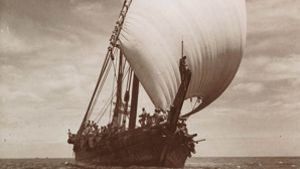
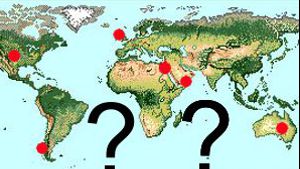
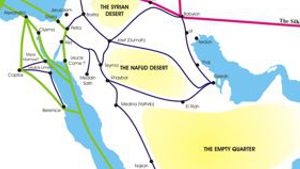
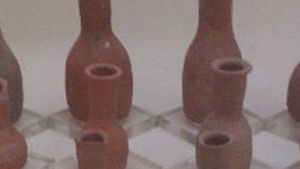
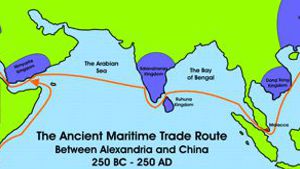





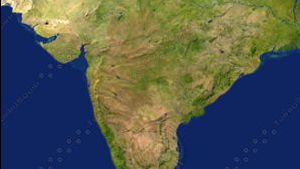
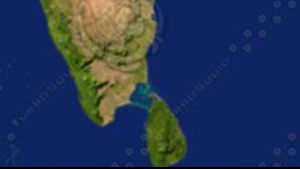

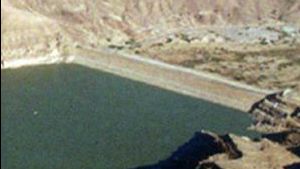
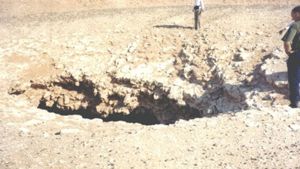

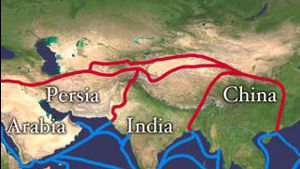
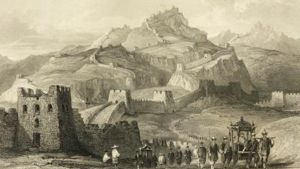
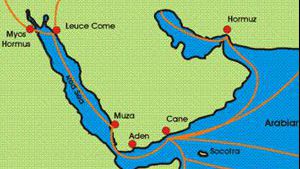
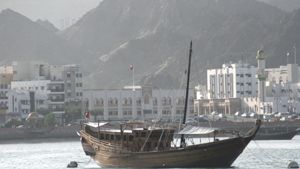
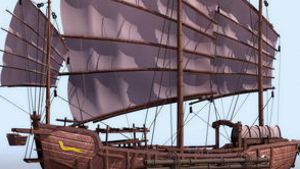
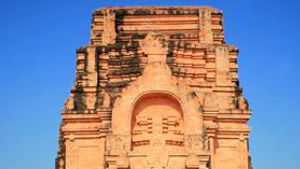

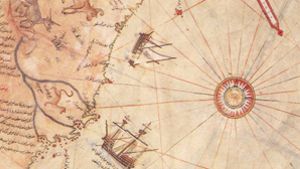
Page Discussion
Membership is required to comment. Membership is free of charge and available to everyone over the age of 16. Just click SignUp, or make a comment below. You will need a user name and a password. The system will automatically send a code to your email address. It should arrive in a few minutes. Enter the code, and you are finished.
Members who post adverts or use inappropriate language or make disrespectful comments will have their membership removed and be barred from the site. By becoming a member you agree to our Terms of Use and our Privacy, Cookies & Ad Policies. Remember that we will never, under any circumstances, sell or give your email address or private information to anyone unless required by law. Please keep your comments on topic. Thanks!